How To Grow Lemongrass Indoors: Tips, Tricks & Guide
-
Pete Ortiz
- Last updated:
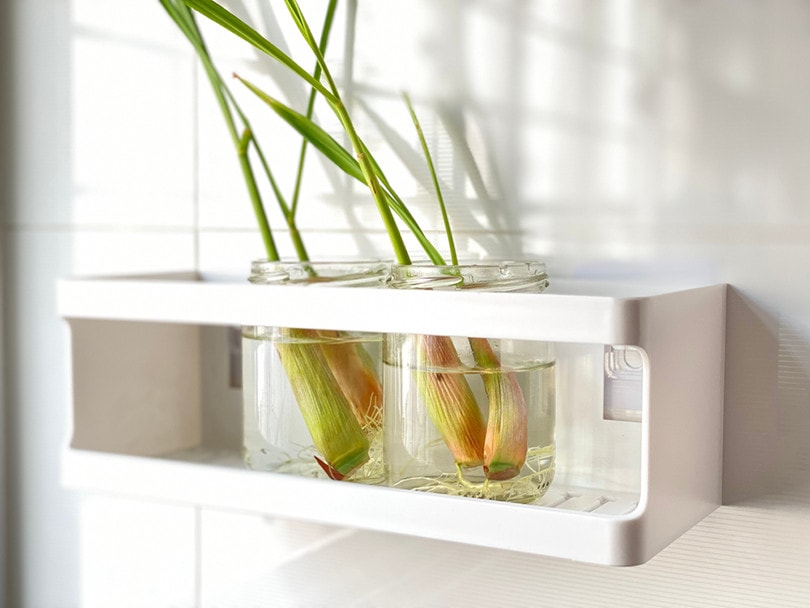
Lemongrass is a versatile plant that has been gaining popularity as a spice and microgreen in the United States. Lemongrass is an herb that makes a fantastic indoor green. Lemongrass can grow exceptionally well indoors as long as you follow the proper care instructions. Soon, you can have lots of tall, lush, green lemongrass adorning your kitchen, office, or bedroom.
Here is how to grow lemongrass indoors as well as some tips for harvesting, tricks to keep it healthy and a guide to get them started from stalks. If done properly, this perennial plant will last for many, many seasons to come.
Preparation
There are a few ways to get lemongrass started. The first is to simply buy a lemongrass plant that is already potted and growing. This is an easy option, but it also removes some of the key information about the health of the plant. Growing a plant yourself will allow you to guide it through the process with more information which raises your chances of success. You can start growing lemongrass from a seed, but that has a high rate of failure and requires a long time from start to completion.
The best way, we believe, to start a lemongrass plant is to propagate them from stalks. That is what we will be covering in this guide. Propagation from stalks gives you control over the situation. It is quicker than seeds and allows you to put your lemongrass in whatever kind of pot and soil you want.
In order to grow lemongrass indoors, you will need the following items:
- Lemongrass stalks
- Clear vase
- Water
- Small pot
- Pruning shears or garden scissors
- Potting soil
- Gloves
Once you have gathered your items, you are ready to begin the process of growing your very own lemongrass indoors.
1. Start Stalks In Water
Place your lemongrass stalks in your vase sitting in about three inches of water. Make sure the base of all the stalks is covered by the water. Leave the stalks in the water and in direct sunlight for a few days. Check the water levels frequently to make sure that the vase never goes dry. Leave the vase in full direct sunlight and check twice daily.
2. Wait For Stalks To Sprout
After a few days, you will notice that the stalks are beginning to create new bulbs and roots at the base. This is the critical next step to planting your very own lemongrass garden indoors. Look for small translucent baby roots and small bulbs at the base of the stalks. Once these appear, the stalks are ready for planting.
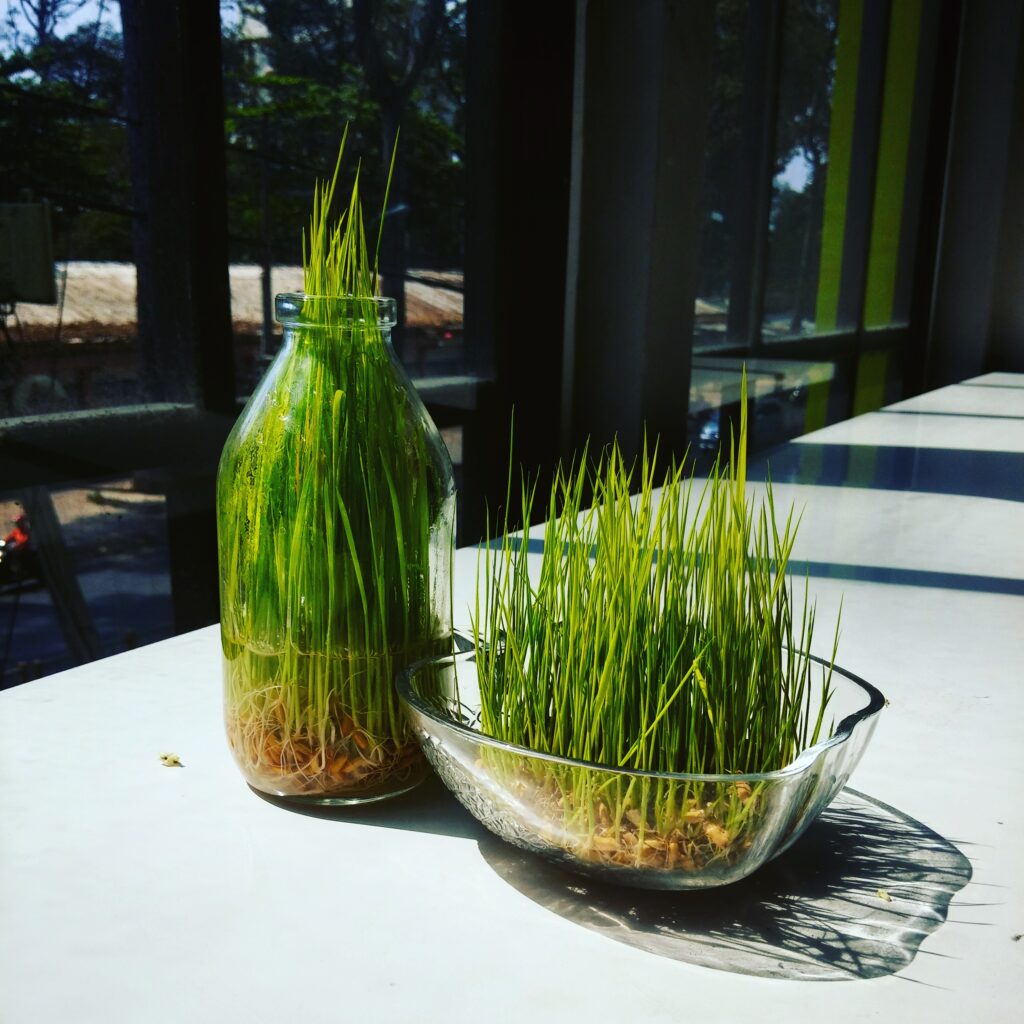
3. Transplant To Pot
Fill your pot until the soil is two inches below the rim. Next, gently remove your lemongrass stalks from the water and place them into the soil. Make a small depression in the soil where the roots and bulbs will sit. Bury the ends with the bulbs and roots, pat the soil down, and water in. Make sure the plants are standing straight and that the bases are firmly in the soil.
4. Place Pot In Sunny Area
Next, place your freshly planted lemongrass in a sunny spot that is going to remain warm. Lemongrass prefers at least six hours of sun per day. If you do not put your newly planted stalks in proper sunlight, they will quickly falter. A south-facing window is a great place to put your lemongrass to start.
5. Harvest Frequently
Do not let your lemongrass get too tall. Once it has been growing for a couple of weeks and starts to get upwards in height, it is time to start harvesting. Lemongrass is grass, and it is accustomed to being pruned, eaten, and harvested. Try not to let your lemongrass get taller than one foot. When you harvest, cut the grass down to the base leaving only an inch behind. Harvesting will help keep your lemongrass growing back over and over again.
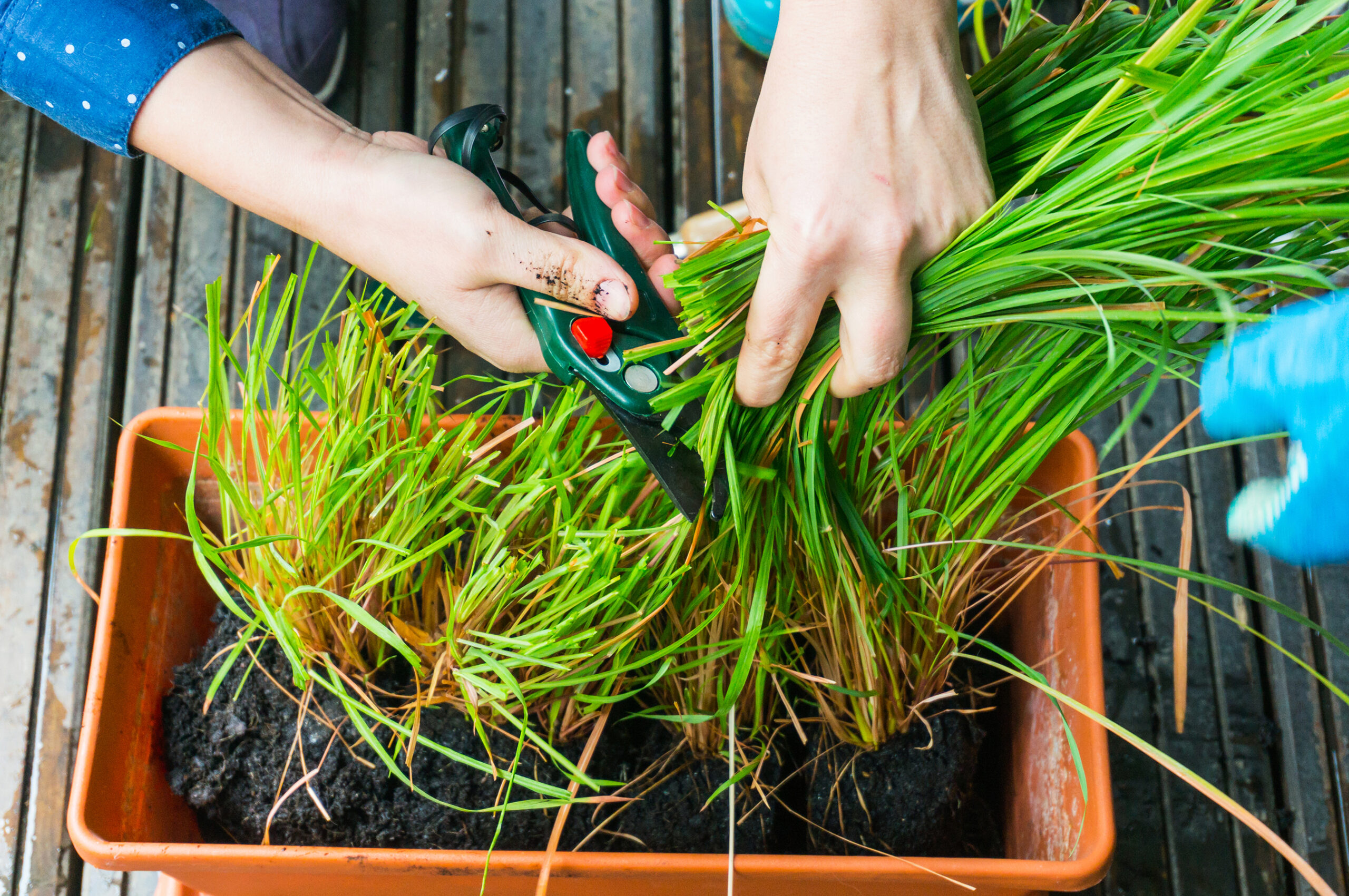
6. Transplant If Needed
Even with frequent harvesting, lemongrass can crowd out its pot. If you feel like your plant is getting too crowded or if you see roots starting to come up through the soil, you might need to move it to a bigger pot. Dig around the base of the plant until you find the rootball or main bulb and gently remove it from the soil. If you need to break up the rootball a bit to get it out, that is okay. Just try not to rip or sever too many roots. Then transfer to a new pot, put the rootball back into fresh soil, and water in.
7. Repeat and Enjoy
Once you have an established lemongrass plant, you can keep it alive for a long time. Lemongrass is a perennial, so as long as it doesn’t freeze, it will come back year after year. If you want to start fresh lemongrass plants, simply cut some good-looking stalks and return to step one to restart the process all over again. Soon, you will have as many thriving lemongrass plants as you want.
Uses For Lemongrass
Lemongrass is an extremely versatile plant that has a ton of different uses. One of the most common uses is as a seasoning spice in Asian cuisine. It pairs well with many dishes from that part of the world. Others like to brew lemongrass into a tangy tea. Lemongrass is also a popular ornamental plant that can be grown in a small pot and kept in an office window. Lemongrass also has natural pest-resistant properties that keep away biting flies and mosquitos. That quality is less important indoors but still a good one to know.
Water and Sunlight Requirements
Lemongrass needs ample amounts of both water and sunlight. Lemongrass likes to be watered frequently. Make sure the soil of your lemongrass pot is always wet or at least moist. Do not let it dry out. You can poke the soil with your little finger to get a good idea of how wet it is. If the soil feels dry or damp, you should water your lemongrass. Don’t flood the pot but make sure the soil is always dark and moist.
Lemongrass needs full sun to thrive, so put its pot in a place that gets at least six hours of sun every day and preferably eight hours of sun a day. Make sure the lemongrass is not getting shaded or receiving less than the recommended amount of sunlight for best results.
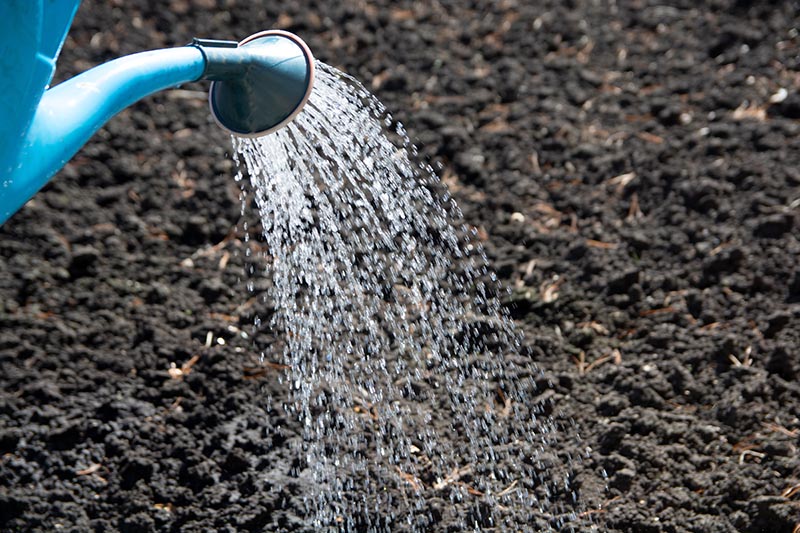
Keep It Warm
Lemongrass is a tropical plant most often found in the steamy jungles of Southeast Asia. Lemongrass does not do well in cold temperatures. That is why it makes such a great indoor plant. However, you need to keep it warm throughout the year in order to help it thrive. Do not let your lemongrass get colder than 50 F. If you have it near a window prone to getting cold during the winter or at night then move the lemongrass to a warmer location.
Lemongrass can absolutely not be outside during the cold months of the year. Some people like to move their herb gardens to a porch or deck during the summer. Be sure to bring your lemongrass inside well before it gets cold. Lemongrass will not survive a freeze. It will struggle in temperatures cooler than 60 F. If your plant is looking a little sad, make sure that it is not getting too cold.
Can You Use Fertilizer on Lemongrass?
Yes. In fact, fertilizer is suggested to be used often to keep the soil happy and the grass growing at the speed you want. Choose a basic nitrogen-based fertilizer to use on your lemongrass. Fertilize the plant every two to three weeks for the best results. Fertilizer will keep your lemongrass growing throughout the year, and it does not hurt the cooking value of the plant.
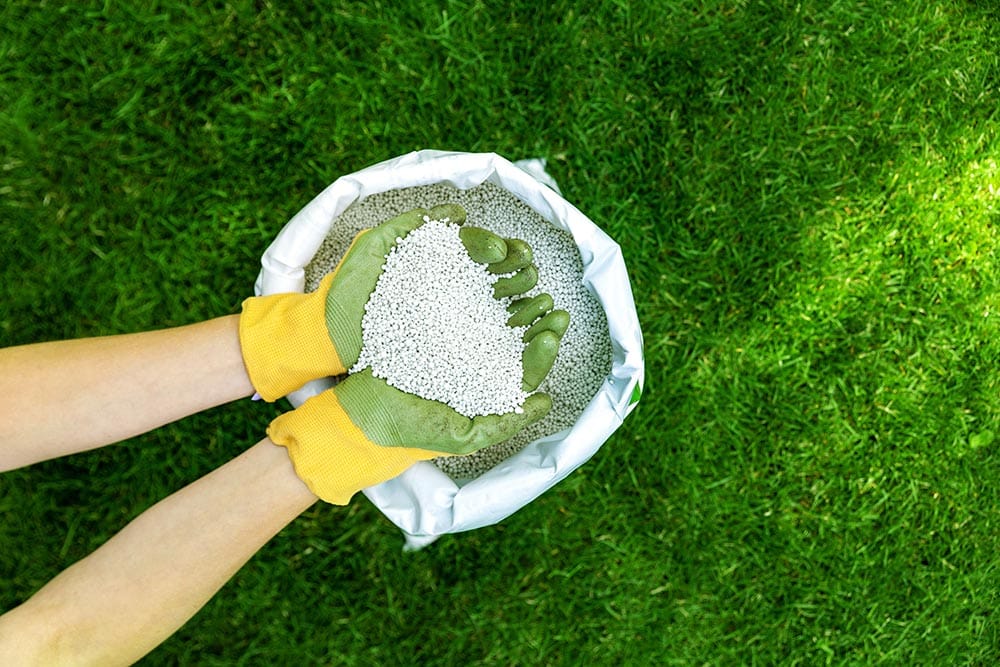
Tips For Harvesting
Lemongrass should be harvested frequently. After your grass grows to about a foot tall, you can start harvesting it. Take a sharp pair of pruning shears, scissors, or a knife and make one clean cut through the stalks you wish to harvest. You should cut down near the base leaving just an inch or so of stalk behind. Don’t worry; your lemongrass will grow back.
Harvesting lemongrass as it grows helps to encourage new growth and keeps it healthy in the long run. Frequent harvesting prevents plants from getting too tall and falling over. It also helps to prevent overcrowding.
The best part of the stalk for cooking is the end closest to the soil. Lemongrass also gives off a pleasant aroma when it is harvested so harvest it in a room where you will enjoy the scent. Try not to harvest plants shorter than ten inches. Use a sharp tool to prevent sawing or ripping the fragile stems.
Conclusion
Once it gets started and as long as it is kept warm and wet, lemongrass can be a staple of your home for many seasons to come. It has a ton of great benefits, grows quickly, and is easy to start and restart. Lemongrass makes a great indoor plant for greenery or for cooking. No matter what your interest is in lemongrass, you will be able to successfully grow it indoors with this guide.
- See Also: 4 Interesting Heat Pump Facts
Featured Image Credit: Moonwin, Shutterstock
Contents



